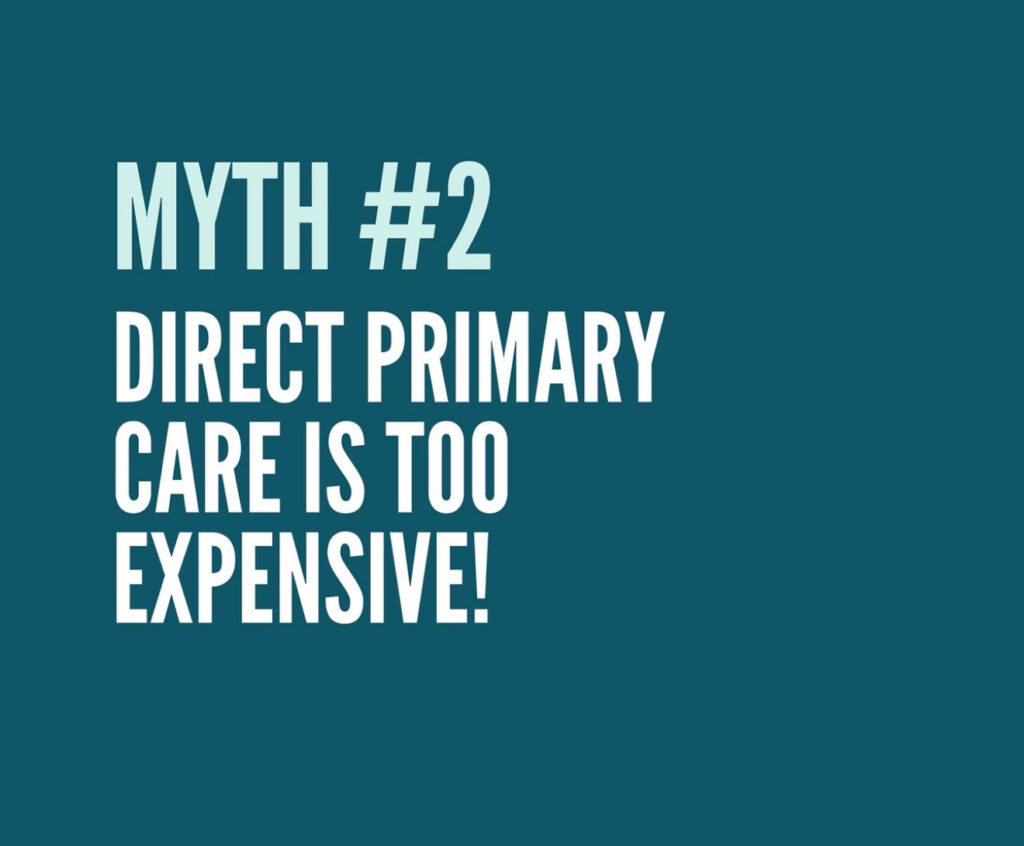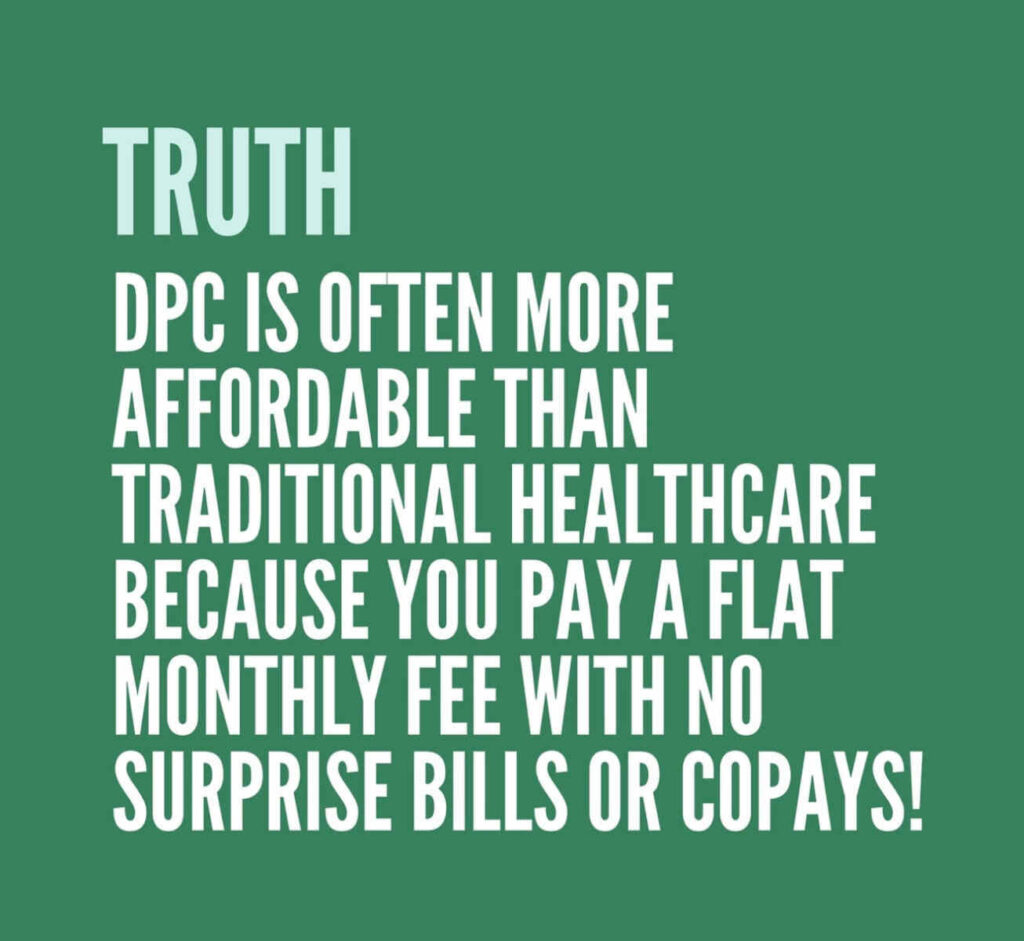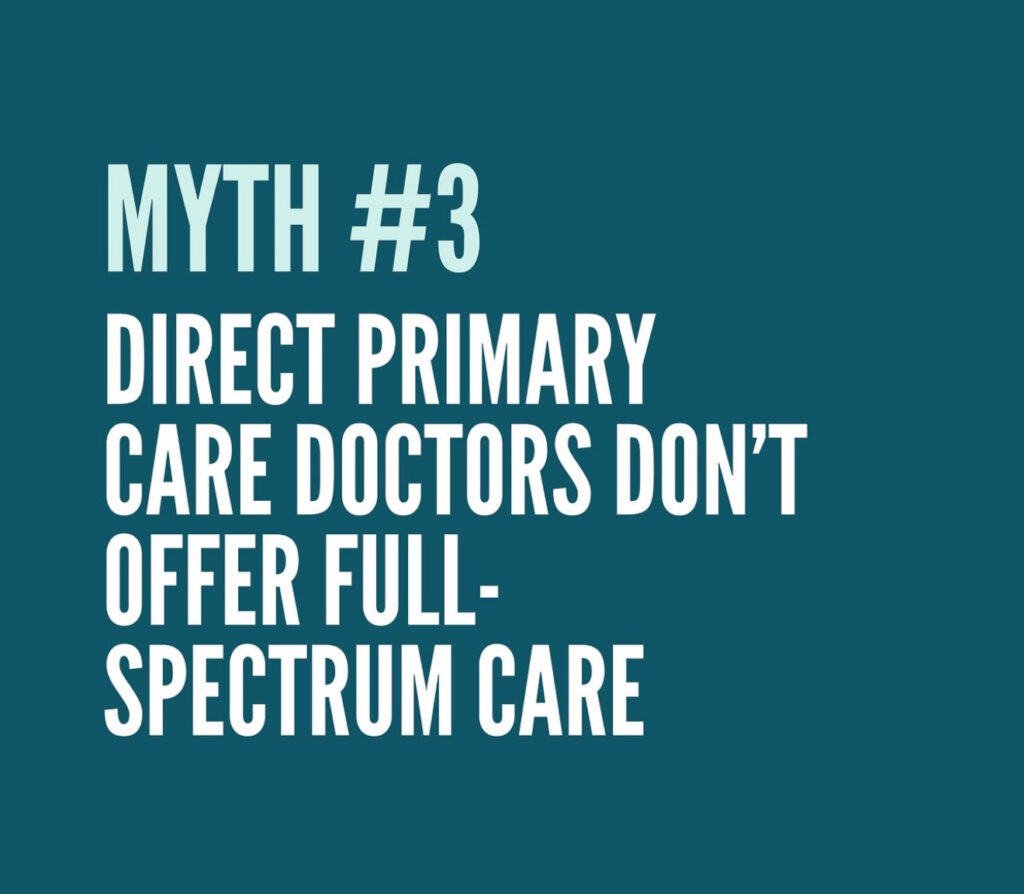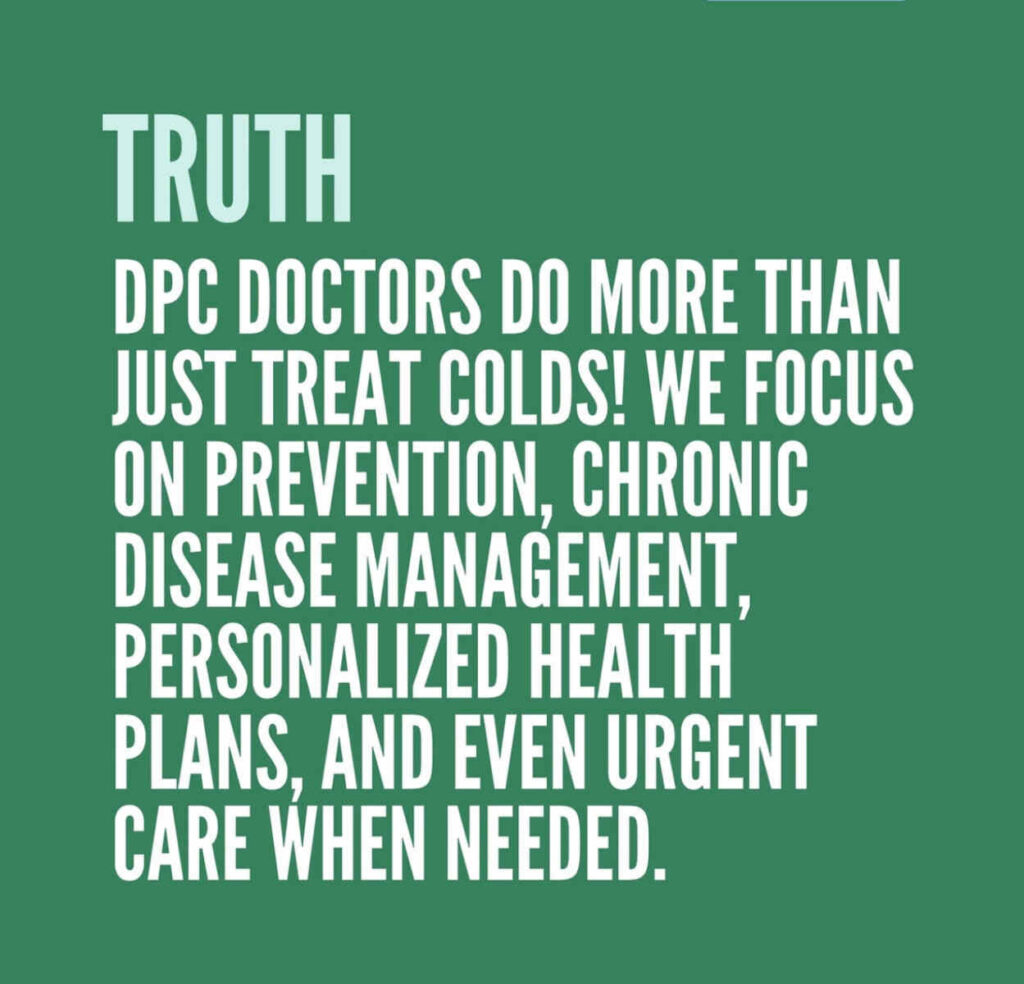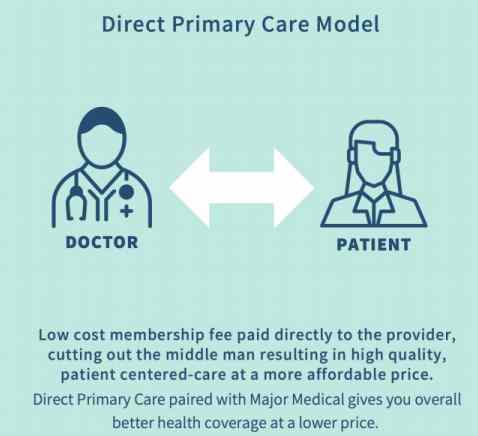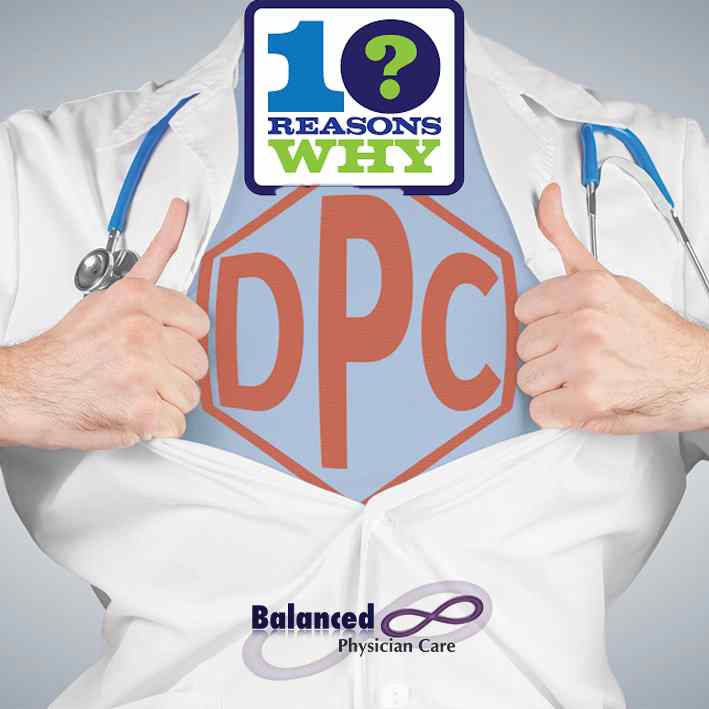Solving Common Direct Primary Care Issues
When taking care of your health, choosing the right approach is essential. One option that’s growing in popularity is Direct Primary Care (DPC). This model focuses on bringing a fresh perspective to healthcare by forming a direct relationship between doctors and patients. It works on a membership basis, so patients pay a set fee to access various medical services without worrying about extra charges. With more people exploring this option, knowing the ins and outs of DPC can help you decide if it’s right for you.
Living in Jacksonville offers unique health challenges, and DPC practices like Balanced Physician Care are working to address these with personalized care. Services such as primary care, holistic medicine, sports medicine, and acupuncture form the foundation of their offerings. This setup allows patients to keep their health in check while exploring ways to stay well. Let’s look more closely at some common issues folks encounter with DPC and how solutions can improve the experience for everyone involved.
Common Issues with Direct Primary Care
One of the first things patients wonder about with Direct Primary Care is the membership-based model. It’s a shift from the usual fee-per-visit setup and involves paying a monthly or yearly fee to cover all primary care services. For some, paying upfront can make them uneasy, as they’re used to paying for each appointment separately. Some worry about whether the cost is worth it or if they’ll need more specialized care not covered by the plan.
Access to specialized services is another area where questions arise. While DPC offers valuable primary care, its integration with specialties like holistic medicine, hormone therapy, weight loss, sports medicine, and acupuncture makes it appealing to many. However, patients often wonder if these services are readily available or if they’ll need to seek out other providers. This concern leads many to ask how these specialized treatments affect their health plan.
Communication between patients and doctors is key. In a typical healthcare setting, patients might feel rushed during visits or unable to get answers to their questions. DPC aims to change that by ensuring that communication channels are open and active. Still, some patients wonder if their concerns will be fully heard and addressed in this model. Effective communication is crucial to ensure all health matters are discussed openly.
Lastly, managing health over time presents its own set of challenges. Regular follow-ups and personalized medical care plans are the cornerstone of DPC, yet staying consistent with appointments can be tough for some people. The busy schedules many have often mean that routine checks get pushed aside, which can hinder long-term health management. Patients need to understand the importance of regular visits in keeping track of their health journey.
Solutions to These Common Issues
A little clarity goes a long way for those concerned about membership-based models. Paying a set fee might seem unusual, but it simplifies expenses and covers a range of services without the surprise of extra charges. This model allows patients to focus on their health without financial worries, knowing precisely what they’re getting each month. Reassurances about cost transparency remind people of the predictability that DPC provides.
Meanwhile, access to specialized services might raise eyebrows, but it’s a key feature of DPC that enhances care. Patients have access to a blend of primary care, holistic medicine, sports medicine, hormone therapy, weight loss, and acupuncture without having to jump through hoops. This approach integrates different therapies, working together to address various health needs. It’s not about choosing one type of care but having a holistic plan that includes multiple healing practices.
Communication is another area that shines in the DPC model. The goal is to create an environment where patients feel heard and understood. Direct Primary Care facilitates open dialogue between patients and doctors, providing seamless communication tools. It’s not just about medical jargon; it’s about having a conversation where concerns are addressed, and patients feel part of the discussion.
Lastly, when considering health management and regular check-ups, DPC helps prioritize these through tailored care plans. By focusing on individual needs, patients can adhere to a proactive approach that keeps them on track. Consistent care helps monitor progress and adjust plans as needed, ensuring their health remains a top priority without constant reminders.
Why Choose Direct Primary Care in Jacksonville
Jacksonville residents have unique healthcare needs, and Direct Primary Care offers a solution tailored to those requirements. Through its comprehensive model, DPC provides an accessible and personal healthcare experience. The combination of various services under one roof appeals to those seeking traditional and alternative medicine approaches.
DPC’s convenience lies in its structured membership, which provides peace of mind and eliminates unexpected costs. Patients find comfort in knowing they have a dedicated team supporting their wellness journey. With the potential for personalized care plans, DPC stands out as a viable choice for maintaining health without the complexities of traditional healthcare settings.
Investing in one’s health through Direct Primary Care offers more than routine visits. It opens doors to engaging various healthcare methods, ensuring a well-rounded approach to well-being that resonates with the lifestyle and preferences of Jacksonville’s community.
Ready to take charge of your health with personalized care options? Explore how direct primary care in Jacksonville can support your wellness journey. Balanced Physician Care offers a membership-driven approach that includes primary care, holistic medicine, weigh loss plans, hormone therapy, sports medicine, and acupuncture. With these integrated services, you can enjoy a seamless healthcare experience tailored to your needs. Discover how this innovative model fits your lifestyle and start reaping the benefits today. Call the Balanced Physician Care office at 904.930.4774 for more information.











